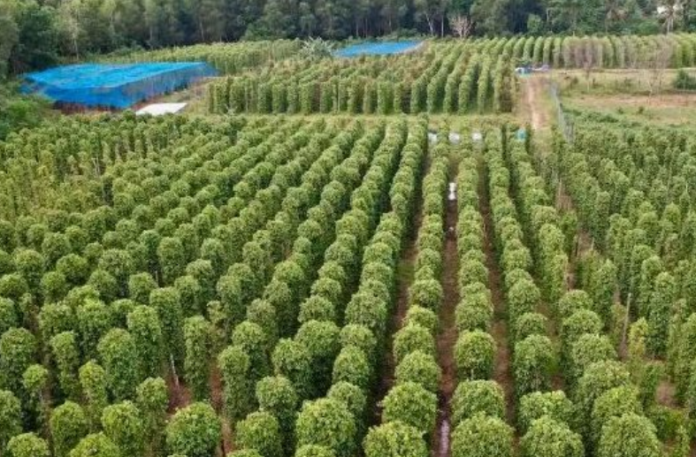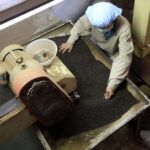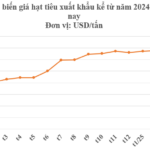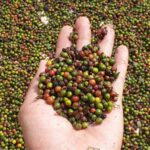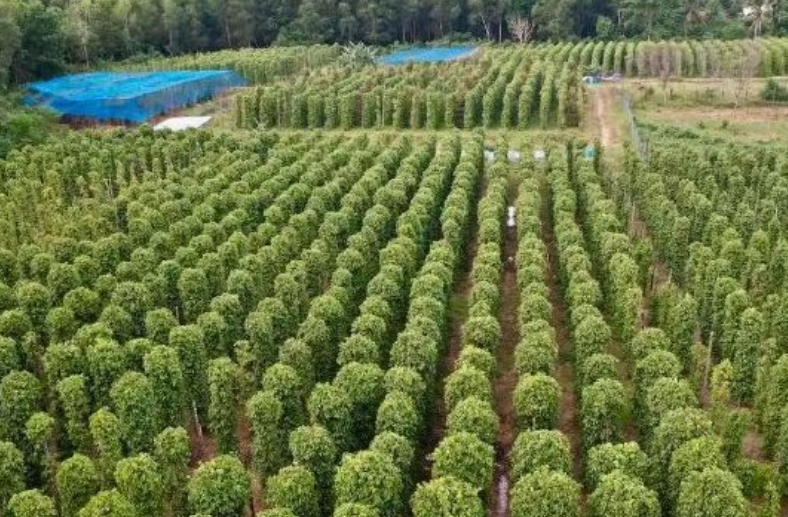
Illustrative Image
Vietnam boasts a strong agricultural export sector, with a range of lucrative crops such as coffee, cashew nuts, and cassava. Notably, the country accounts for an impressive 60% of the world’s exports of a particular spice: pepper. As of 2024, Vietnamese pepper and spices have been exported to over 120 countries and territories, dominating several key markets.
According to preliminary statistics from the General Department of Customs, Vietnam’s pepper exports in May reached over 26,000 tons, valued at more than $182 million, a slight decrease of 0.4% in volume and 1% in value compared to the previous month.
Cumulative exports in the first five months of the year brought in over $690 million, with a volume of over 99,000 tons. While the volume decreased by 12.5% compared to the same period in 2024, the export value surged by a significant 40.5%.
The United States has emerged as the largest export market for Vietnamese pepper, with over 24,000 tons imported, valued at more than $184 million. This reflects a volume decrease of 14% but a substantial value increase of 44% compared to the previous year. The average price stood at $7,489 per ton, marking a notable 66% increase.
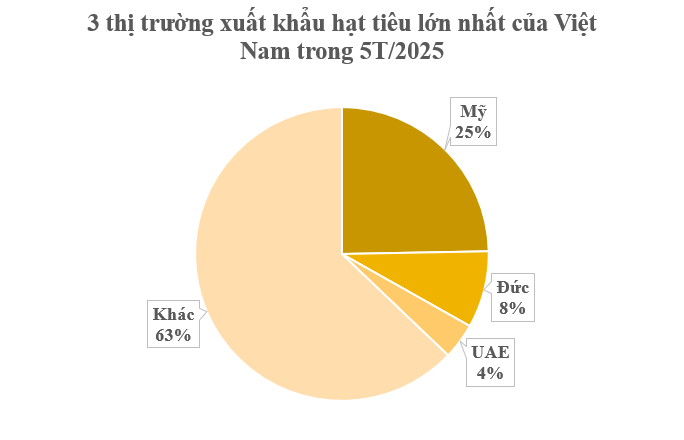
Germany followed closely as the second-largest market, importing over 8,400 tons valued at more than $63 million. This represented a substantial increase of 24% in volume and an impressive 94% in value compared to the previous year. The average price was $7,533 per ton, equivalent to a 57% surge.
The United Arab Emirates (UAE) secured the third spot, importing 3,960 tons of Vietnamese pepper, valued at over $26 million. While the volume decreased by 28% compared to 2024, the export value increased by 17%. The average price per ton rose by 64% to $6,799.
According to the Ministry of Agriculture and Environment, pepper is cultivated in 70 countries across approximately 670,000 hectares of land, with a global production of 558,000 tons. The area is mainly distributed among Brazil, India, Indonesia, Sri Lanka, Vietnam, Cambodia, China, and Malaysia. As of 2024, Vietnam’s pepper-growing area reached 110,500 hectares, with an average yield of 2.6 tons per hectare, double the global average. The country’s production reached approximately 200,000 tons.
In 2024, the export turnover of pepper reached approximately $1.32 billion. Notably, despite Vietnam’s pepper-growing area being significantly smaller than that of other key crops such as coffee, rubber, tea, and cashew nuts, the spice generates substantial economic value.
Global pepper production is forecasted to decrease in 2025, mainly due to reduced planting areas in Vietnam and unfavorable weather conditions in India. Vietnam’s pepper output for the 2024-2025 crop year is expected to reach 172,000 tons, a 2% decrease from the previous year and a 47% drop compared to the 2018-2019 crop year. Meanwhile, global consumption demand remains high, potentially driving up pepper prices in the upcoming period.
The development orientation for the pepper industry by 2030 aims to stabilize the planting area between 80,000 and 100,000 hectares, with a production volume ranging from 200,000 to 230,000 tons. Additionally, approximately 40% of the pepper-growing area will meet international standards such as GAP, VietGAP, and GlobalGAP. There is also a growing focus on developing organic pepper-growing areas, with a target of reaching 5,000 hectares by 2030, accounting for 5% of the total pepper-growing area.
The New Black Gold: Vietnam’s Agricultural Produce Sought After by Europe’s Richest Nation, Importing $50 Million Worth in Just Four Months
Vietnam Emerges as Germany’s Top Supplier of This Agricultural Product in the First Four Months of the Year.
The Spice is Right: Black Pepper’s Billion-Dollar Comeback
The pepper market is booming, with prices soaring high and predicted to rise further due to strong global demand and limited supply. The Vietnam Pepper and Spice Association (VPSA) forecasts that the country’s pepper exports will surpass $1 billion this year, reclaiming its status as a billion-dollar industry.

